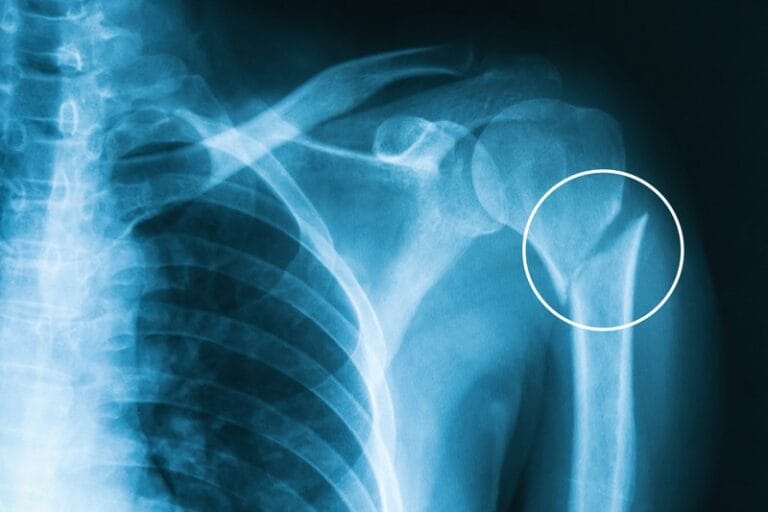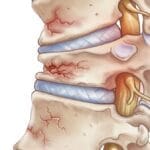Introduction to Stress Fractures in the Arm
Stress fractures in the arm, although less common than in the lower limbs, occur primarily due to repetitive strain and overuse. Athletes, especially those involved in throwing sports like baseball, tennis, or weightlifting, are at a higher risk of developing these injuries. Identifying and treating stress fractures promptly is essential to prevent the progression of the fracture and ensure complete recovery.
Identifying Stress Fractures
Stress fractures typically begin as microscopic cracks in the bone due to repeated stress that exceeds the bone’s ability to repair itself. Common arm stress fractures include the ulna and humerus bones. The primary symptoms to watch for include:
- Localized pain: Pain intensifies with activity and improves with rest. It often worsens if the stress continues.
- Swelling and tenderness: Mild swelling may occur at the fracture site.
- Difficulty using the arm: Patients may find normal use of the arm increasingly painful, affecting daily activities and athletic performance
Diagnostic Tools:
- Physical Examination: Tenderness along the bone, especially when pressure is applied.
- Imaging: X-rays may not reveal a stress fracture initially. An MRI or bone scan is more effective in identifying early-stage stress fractures
Treatment Options
Stress fractures in the arm can generally be managed conservatively, although more severe cases may require surgical intervention.
Conservative Treatments:
- Rest: The first step in managing a stress fracture is complete rest from the aggravating activity. This may include immobilizing the arm with a splint or cast.
- Icing and NSAIDs: Ice packs can reduce swelling, and non-steroidal anti-inflammatory drugs (NSAIDs) may help manage pain.
- Physical Therapy: Gradual rehabilitation helps to regain strength and mobility, preventing stiffness and aiding recovery
Surgical Treatments:
- Surgery is generally reserved for cases where the fracture fails to heal with conservative methods or when the fracture involves bone displacement. Surgical intervention might involve the use of plates, screws, or pins to stabilize the bone.
- Early mobilization post-surgery is important to prevent joint stiffness and muscle atrophy
Rehabilitation and Return to Activity
Recovery from stress fractures typically takes 6-12 weeks. During this time:
- Progressive Load Management: Patients should slowly reintroduce weight-bearing or athletic activities under the guidance of a healthcare professional.
- Strength Training: Rehabilitation includes strength training to improve bone density and prevent future injuries
Prevention of Stress Fractures
- Proper Technique and Equipment: Ensuring proper form, especially in sports, and using equipment that minimizes stress on the arms (e.g., correct grip size in tennis rackets) can prevent injuries.
- Balanced Nutrition: Adequate intake of calcium and vitamin D is critical for bone health
Frequently Asked Questions
Q: What are the early signs of a stress fracture in the arm?
A: Early signs include localized pain that worsens with activity, tenderness when pressing on the bone, and mild swelling. As the condition progresses, daily activities may become painful.
Q: How are stress fractures diagnosed if X-rays don’t show them?
A: If X-rays do not reveal the fracture, MRI or bone scans are typically used to detect early stress injuries, as they provide a more detailed view of the bone.





